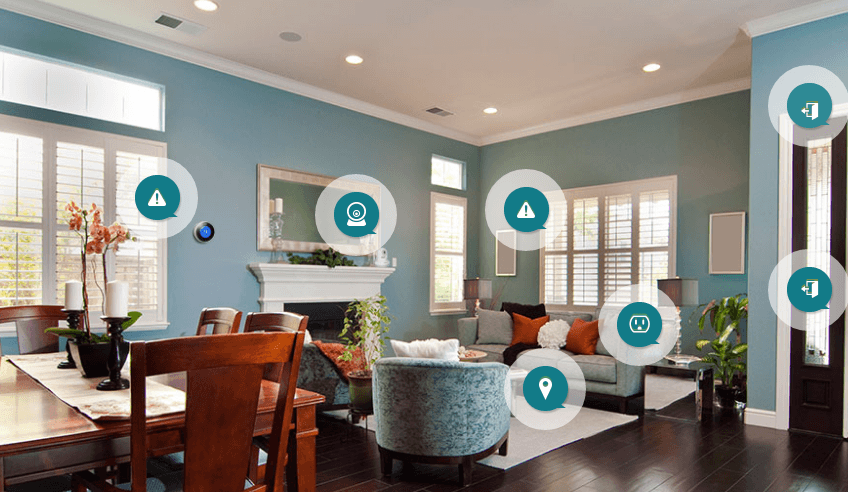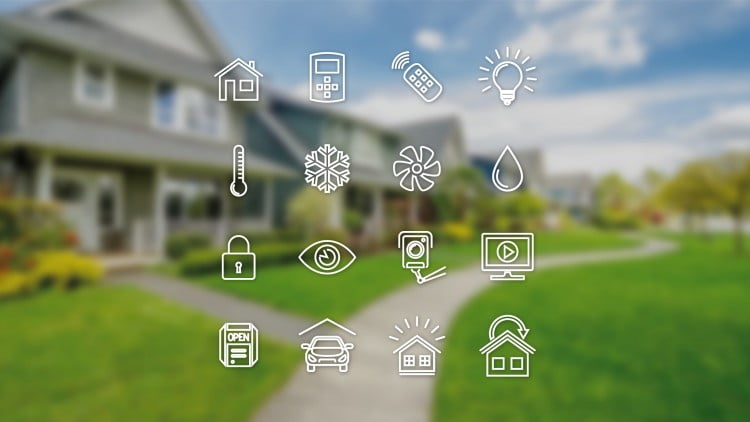Smart Home Automation Using IoT based Solutions
We live in a time where everything is just by our fingertips. Our mobile phones have become an extension of our body it is almost unthinkable leaving the house without our phones. Anything new and innovative is being referred to as "smart." Smart cars, smartwatches, smart home and TVs, the list goes on. source: itersnews.com We even have smart homes now. What this means is that you can control the function and operation of your home using your phone or tablet. This movement has been gaining traction among the younger generation and it seems to be staying for good. What is IoT? Home automation and the internet of things (IoT) has been increasingly gaining attention in recent years. It's made it possible for us to live far easier lives with more comfort and convenience. Because of IoT, the way we live our lives has been changed, even in our homes. Turning on your air conditioning can be done through your phone. It's also possible to remotely turn your lights on even when you're not home. And in terms of security, many of the systems available have app support now which means monitoring your home or property can be done on your phone. With smart home automation and the IoT, we are living in the future. As integration becomes a lot easier, we will continue to see more and more products that are better suited to work in tandem. It wouldn't come as a surprise to see other appliances in our homes becoming "smart." In fact, some have made the leap across the other side already. There are smart refrigerators that can tell you if you're low on milk or if you left the fridge door open. Dishwashers and air conditioners will soon follow with their own design and protocol. There are no signs of all this from stopping or slowing down. Its greatest hurdle will only be on how fast people will adapt to this new norm. The Impact of IoT on People’s Lives What drives this movement, though, is the ease and convenience that people are accustomed to living. Ever since IoT became a huge hit and started to dominate how people live their lives, the need for convenience has also risen.
Share your project details to build your path toward success.
An excellent example would be the car-hailing model that people are so fond of using. Before, people used to go out on the street and hail a cab. Now, a few taps on our screens and we can easily get an amazing car service right on our doorsteps. The need for convenience has largely dictated how new products are designed and applied to real-world settings.
Drawback of IoT
An issue that many people have started pointing out about all these technical innovations along with the rise of IoT are the costs associated with integration. And their arguments have merit. If you compare a connected device to a non-connected device, they have a huge gap in terms of cost.
This gap has made many people hit pause on jumping into this smart bandwagon. But many have argued in defense of smart devices that, like all innovation, the first iteration of new technology will always have a higher price point than, say, the fifth or the sixth. Regardless, trends are showing that connected devices are here to stay.
IoT is the Future
So what does this mean for the home of the future? Well, the home of the future will be one of comfort. Every appliance inside will be governed by a central computer all connected to the internet to keep you updated and informed. Chores will be a lot easier to do. Cleaning can be done via a smart vacuum. Laundry will be carried out by a smart washing machine.
Even home pest control will be monitored and operated by Top IoT companies based on smart homes. Traps and chemicals can be released into the home when signs of pest infestation are detected. It all boils down to one simple idea: we wouldn't need housekeepers or servants to tend to our home, the home itself will take care of itself.
Final Thoughts
Still, a number of people question if these are all necessary. They claim that it is pure laziness relegating something as simple as switching a light on and off to a computer when we are perfectly capable of doing it ourselves.
Well, think of it this way. New technology will always have pushbacks from the older generation who spent their life without it. Newspapers had their oppositions in the past, the TV was once called an idiot box, and our mobile phones are blamed for promulgating apathy and laziness among the younger generation.
But despite all these pushbacks, technology and innovation continued to march forward and will continue to do so in this generation. Because, at the end of the day, it is all about efficiency. If we can do something with the least amount of effort and spending as little resources as possible, that will always be the best option.








